Language
WORLDWIDE SHIPPING
Evolution of the cut case by Ambrogio Sanelli
€332.90
€272.87
Availability:
In stock
The Evolution of Cutting Case combines the professionalism, experience, use of high-quality materials and attention to detail of the Italian company Ambrogio Sanelli, which has been able to evolve its production and its construction capacity by creating knives that today are trusted and quality work tools, which follow and accompany the evolution of Italian and international cuisine.
This case, created for the professional chef, respects the HACCP regulation in the choice of handle colors, combines knives and accessories useful for all cuts, in the processing of white and red meat, fish, vegetables and bakery products.
In the spacious case by Ambrogio Sanelli you can find:
n. 1 Curved paring knife, blade cm. 7, green handle
n. 1 Narrow boning knife, blade cm. 12, yellow handle
n. 1 Narrow boning knife, blade cm. 14, red handle
n. 1 Slaughter knife, blade cm. 16, yellow handle
n. 1 Filleting knife, blade cm. 22 blue handle
n. 1 French knife blade cm. 16 red handle
n. 1 Santoku knife with alveoles blade cm. 18 green handle
n. 1 French knife blade cm. 24 red handle
n. 1 Chef's knife blade cm. 24 green handle
n. 1 Serrated Bread Knife blade cm. 24 white handle
n. 1 Salmon Knife blade cm. 28 blue handle S
n. 1 Straight pliers total length cm. 30
n. 1 Curved pliers wide tip total length cm. 30
n. 1 Bent pliers total length cm. 20
n. 1 Fishbone pliers total length cm. 13
n. 1 Stainless steel potato peeler
FAQs

 IT
IT FR
FR
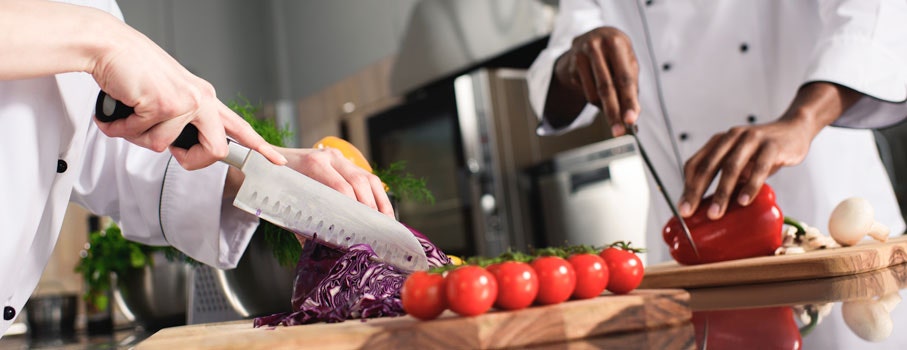
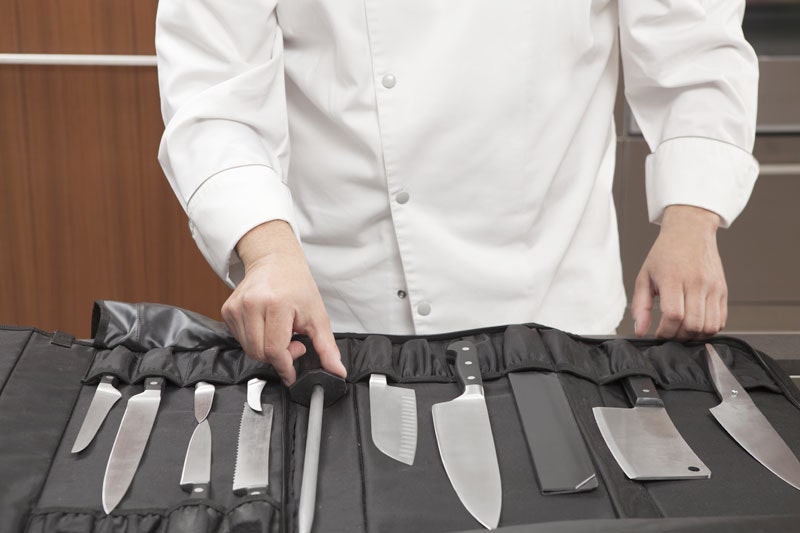
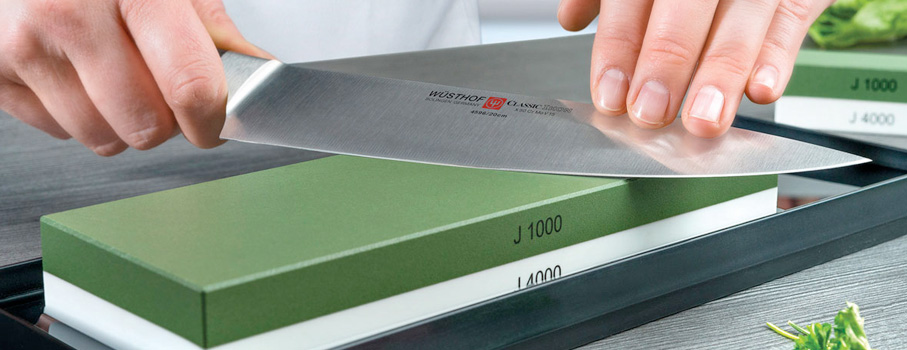
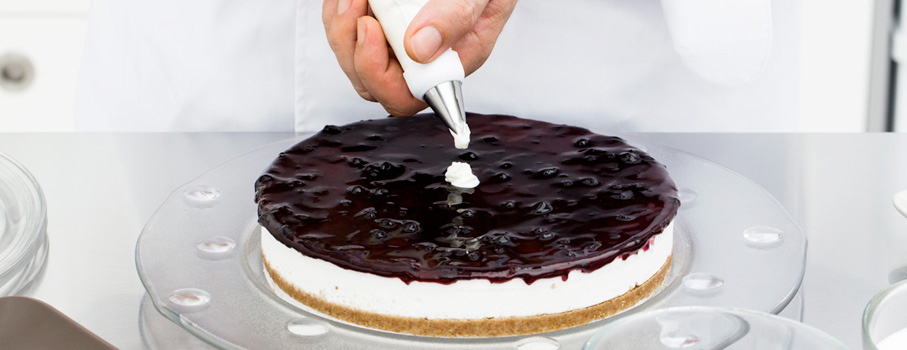

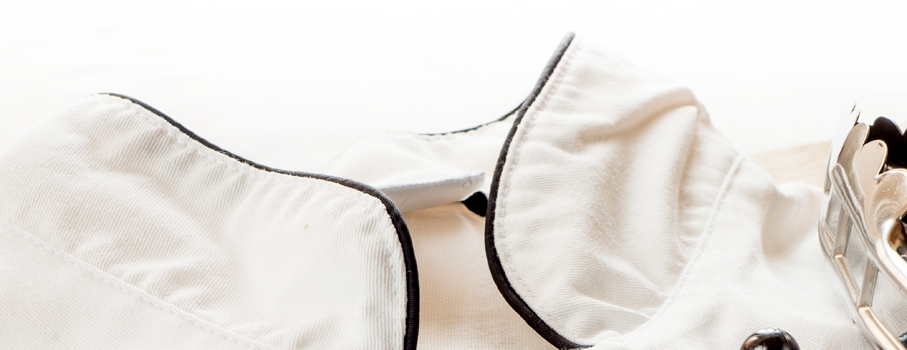
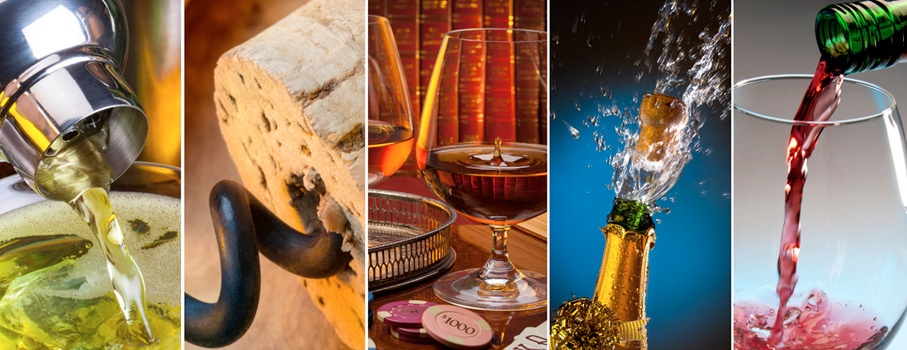
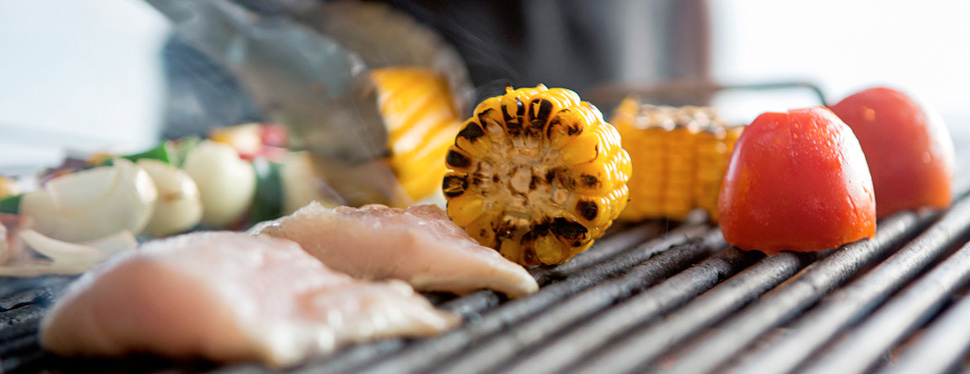

 IT
IT FR
FR
